A Guide to Smokeless Powder
This is a guest post sponsored by our friends at Widener’s Reloading and Shooting Supplies.
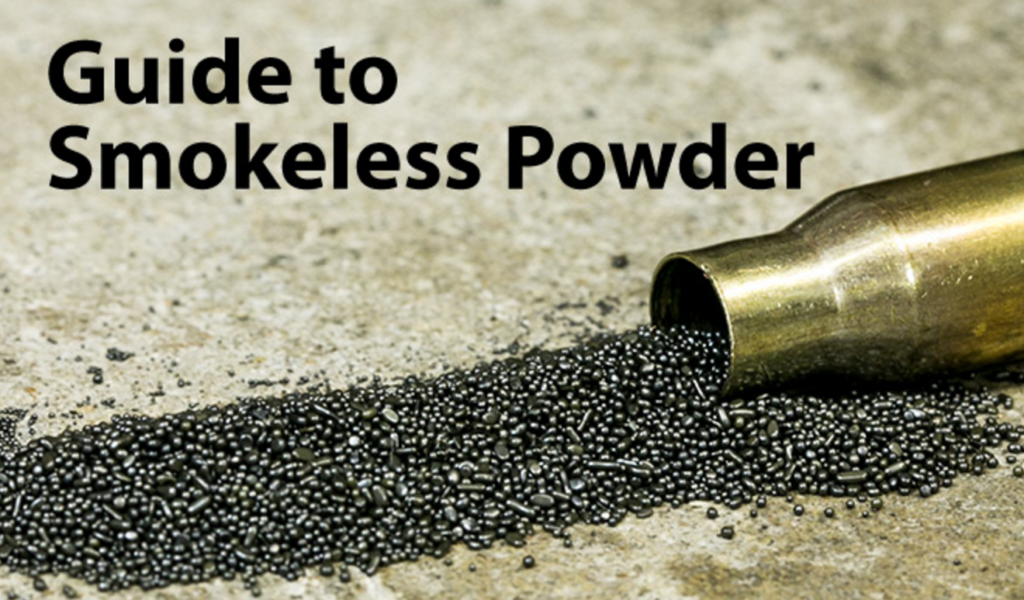
Smokeless powder is basically the fuel for your ammo. Without it, you have nothing but a short spark of a primer and a self-defense tool that offers minimal range that really wouldn’t be practical. But despite its importance, most shooters know very little about how smokeless powder works, the different types of gunpowder available to shooters today and how you can maximize your ammunition’s performance with the right powder.
Characteristics of Gunpowder
Powder Shapes and Metering
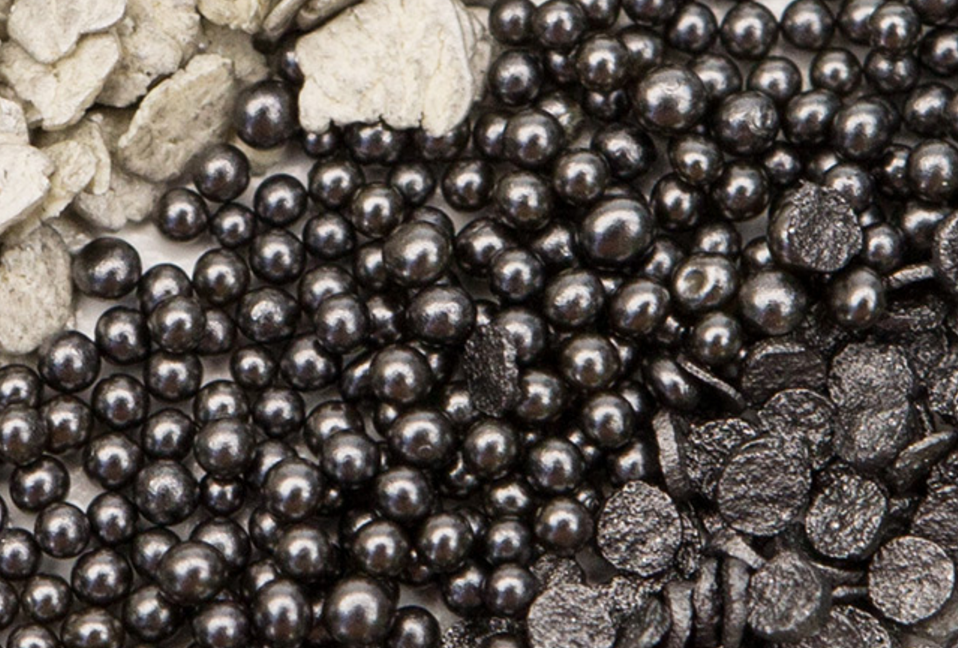
Gunpowder comes in four primary shapes: ball, flattened ball, flake and stick. They all offer different benefits that you’ll want to consider based on the type of shooting you plan to do.
If you get into reloading, you’re bound to hear the term “powder metering” a lot. Metering is how consistently a powder measures; If a powder is said to “meter well”, it can be measured very precisely. If it meters poorly, that means you can’t measure powder consistently.
Ball powder
Ball powder is just like you’d probably imagine – it’s tiny spheres that look like little balls, or spheres. Ball shaped smokeless powder is pretty cheap for the big manufacturers to produce quickly so it’s generally the most cost-effective for reloaders.
Ball shaped smokeless powder generally meters better than other powder shapes. That can sometimes mean you get more accurate loads that have a longer shelf-life. Ball powders burn at lower temperatures, about 100 degrees cooler than other shapes, which means you don’t put as much stress on the barrel of your firearm. That can lead to a cheaper shooting experience as you’re not wearing barrels out as frequently.
Flattened Ball Powder
Flattened ball smokeless powder is very similar to the traditional ball powder. The primary advantage to the flattened ball shape is one that benefits shotgun shooters.
Powder can sometimes get pushed into a highly compressed area like the back of the wad with traditional ball powder. As you’d guess, that compaction can impact the rate at which the powder burns. Flattened powder modules mean there is less of a tendency to move and compress so you’ll get a consistent burn rate.
Flake Powder
Flake powder looks like a bunch of tiny discs. When manufactured, this powder is formed into tubes and then cut into small sections. A good analogy for this might be if you consider a bunch of sausages being made and then sliced.
Flake shaped gunpowder does have a tendency to stack up when you’re measuring, which can lead to trouble to meter with precision. As you’d expect, that can lead to inconsistent loads and performance.
Stick Powder
This smokeless powder is shaped like a bunch of small cylinders and is the most popular shape for rifle cartridges. Stick powder is generally considered the most difficult to meter because of its shape and the good possibility that some of the ‘sticks’ may break. Stick power burns very hot relative to the other shapes.
Powder Density
When considering a powder to use, one of the first things you should account for is load density. Simply stated, powder density relates to how much room is left between the flakes or kernels when the powder is poured into a casing. Ideally, you’ll have a density between 80-90% so your powder has plenty of room for the explosion to take place.
More powder is great right? Not so fast. While you might be tempted to load with great density, it’s important not to go too dense. If you load your cartridges at 95% or potentially even higher, you could pack the powder to the point that your primer doesn’t have sufficient room to burn through the powder.
But, as you’d probably guessed, going too low isn’t any good either. Low density can push the point of peak pressure toward the muzzle, which will force your velocity to drop. Low powder density can also cause powder shifting, resulting in inconsistent pressure and performance for your loads.
Burn Rate
It’s tough to tell with the naked eye, but powders burn at different rates and that burn rate can have a massive impact on the performance of the cartridge as a whole.
There’s no standardized unit of measurement for burn rate. So, as shooters, we’re required to simply compare powders to one-another to get a sense of how quickly or slowly various powders burn. This leads to a ton of conversation, debate and sometimes even controversy among shooters.
Typically, magnum loads will use powders that use slower burning powders because they need to generate greater power. By burning slower, the powder will create peak pressure for a longer timeframe, which allows sustained power to push the heavier magnum bullet.
For a good idea of just how different burn rates can be, take a look at the Vihtavuori N310 powder when compared directly with the much slower burning Hodgdon US869 powder in the video below:
Most manufacturers include a burn rate chart on their websites, like this one from Hodgdon that will give you a good idea of the relative burn rate of one powder to another.
Pistol vs. Rifle vs. Shotgun Powder
Handgun Powder

Handgun powder is generally the fastest burning of the three major firearm powder types. You get the most amount of energy in the shortest amount of time and distance with these powders. It makes sense when you consider the relatively short length of pistols barrels and if you were to use a slow burning powder, you’d see a bright flash at the end of the barrel. While a pretty sight to a lot of shooters – that flash is actually wasted energy that could be propelling the bullet toward your target.
Rifle Powder

Almost the exact opposite of handgun powders, rifle powder tends to burn slower. This allows them to complete the explosion through the entire barrel and deliver a consistent pressure from start to finish. Slow powder pushes the bullet down the barrel at an even pace while keeping pressure down and utilizing the most energy. If you were to accidentally load a rifle cartridge with pistol powder, there is a chance the quick burst of high energy could cause damage to your rifle’s barrel so that’s definitely a combination to avoid!
Shotgun Powder

Shotgun powder is a bit of an anomaly because there’s a huge variety of powders that can be successfully used to load shotgun shells. The biggest rule of thumb is that heavier shotgun loads require a slower burning powder. If you were to use a fast burning powder with a heavy load, you run into the same trouble as if you load pistol powder in a rifle cartridge: too much pressure can build up and damage your firearm’s barrel or cause injury.
Three Major Gunpowder Brands
There are three major players selling smokeless gunpowder in the United States: Hodgdon Powder, Alliant Powder and Western Powders. As with most components, different shooters have different preferences but all three of these producers have good reputations for reliability and performance.
The Wrap-Up
Loading your cartridges doesn’t have to be an overly complex endeavor. While the marketing buzz behind some of today’s factory loaded ammunition can lead you to believe the whole process is complex and technical (and it can be), with a basic understanding of the chemistry and physics involved, you can load your own ammo safely. Any shooter – whether he or she relies on factory loaded ammo – can become better at their craft by fully understanding the components that go into their loads and how they interact for the product they fire down range. Remember, if you’re unsure of something there are plenty of resources to help out. The firearms community collectively has a wealth of experience and knowledge that most of us are willing to share. So, don’t be afraid to ask or check out Widener’s even more details about smokeless powder.

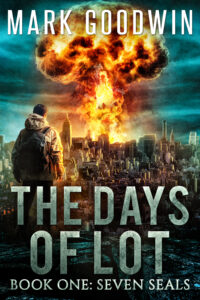
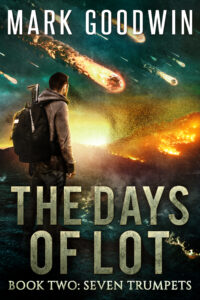
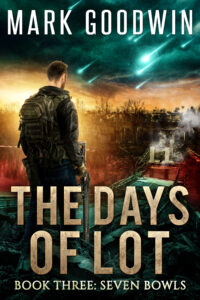
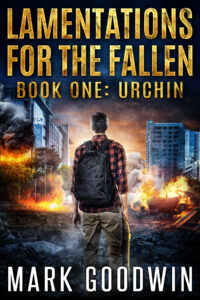
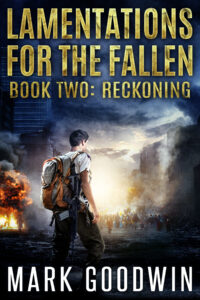
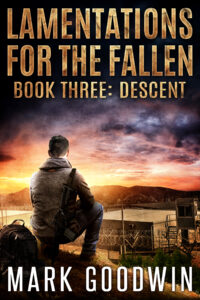
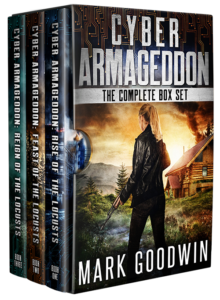
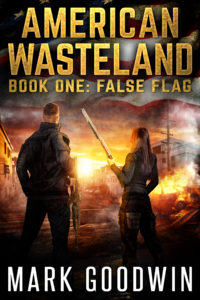
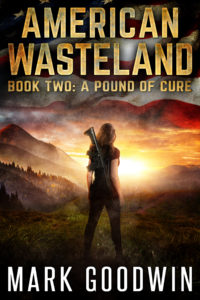
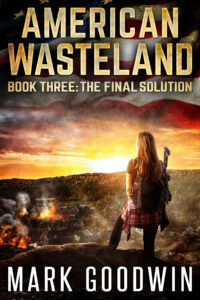
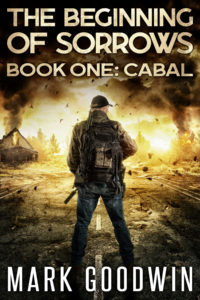
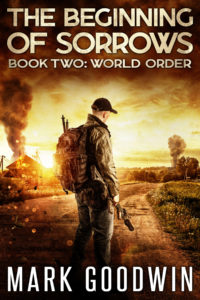
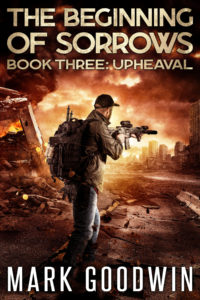
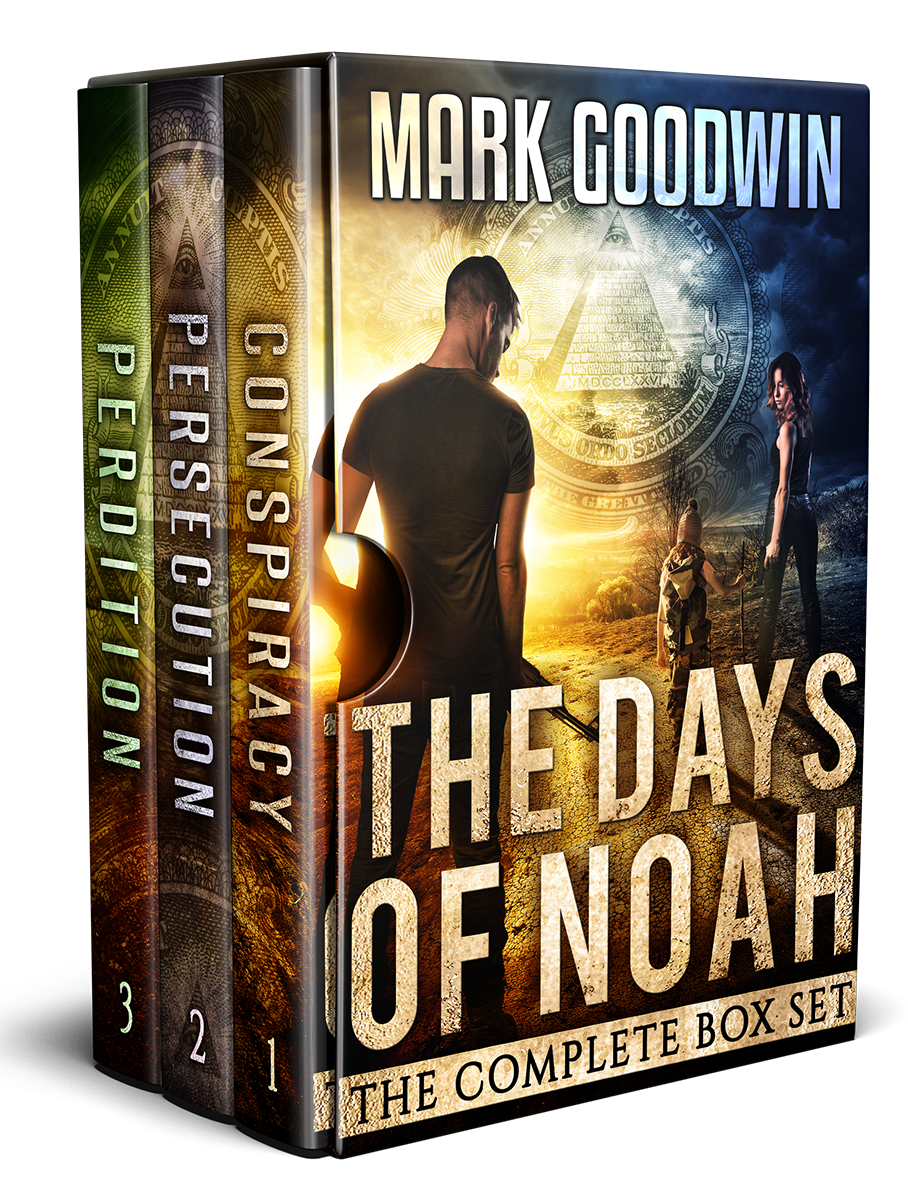
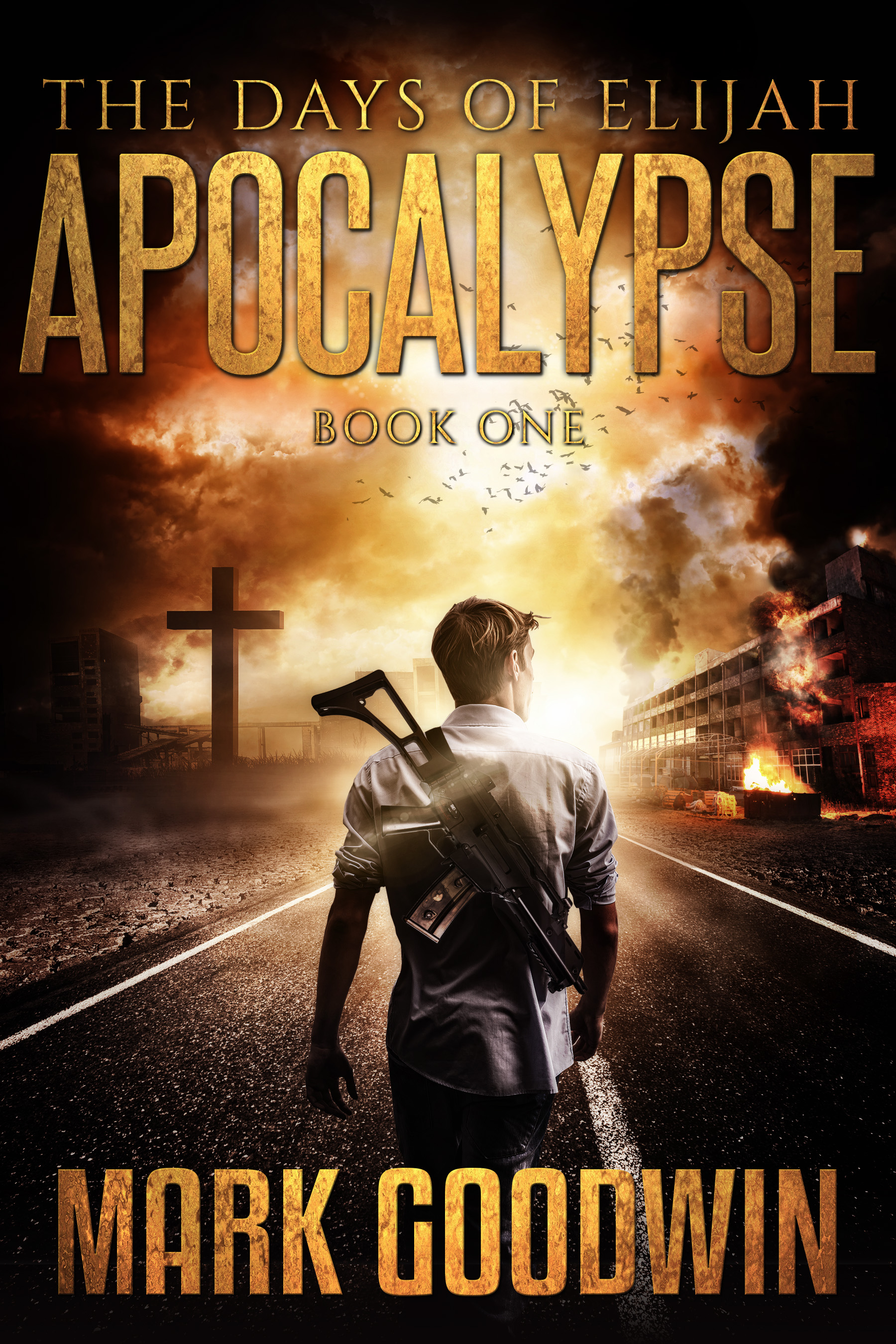
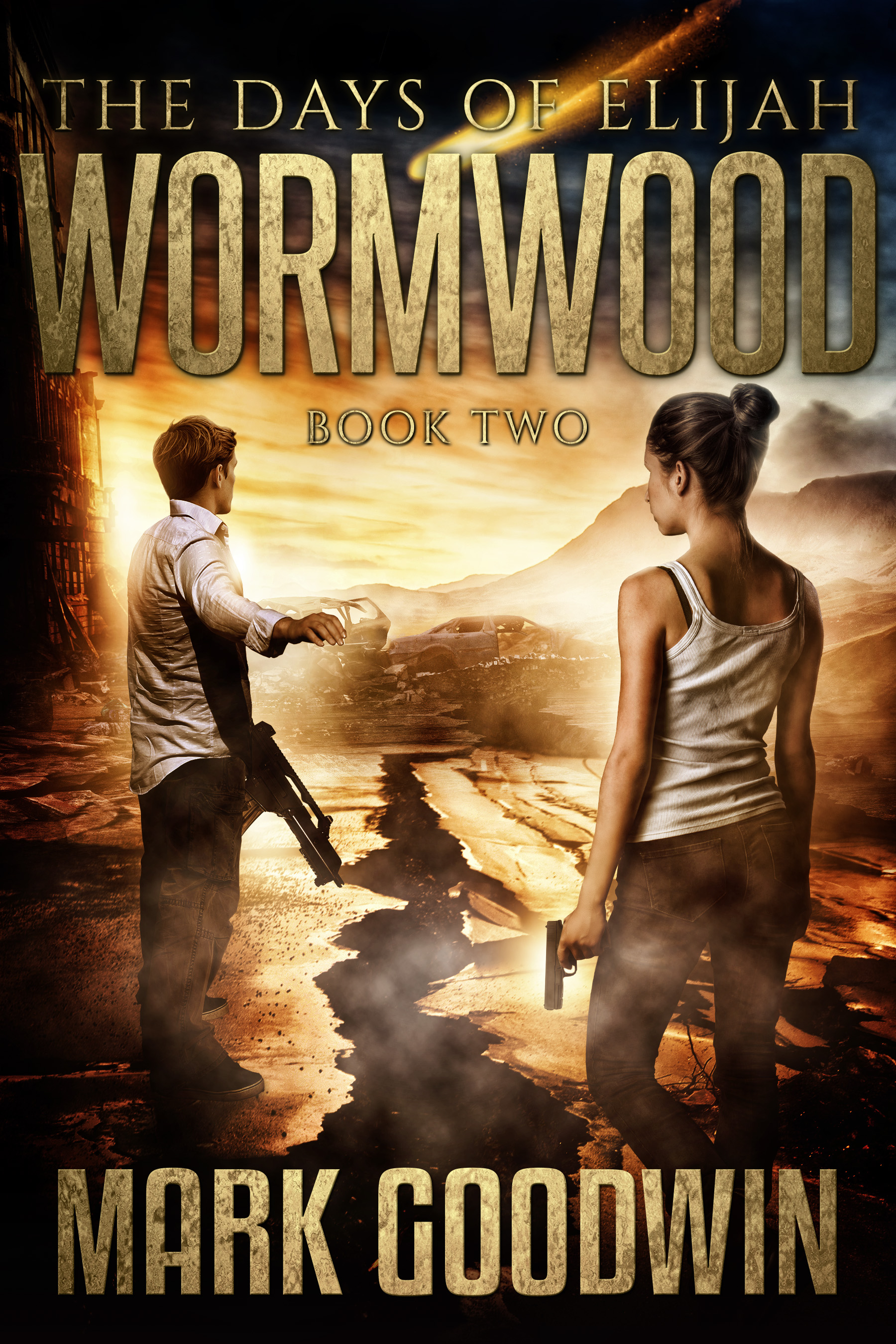
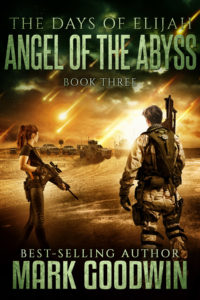
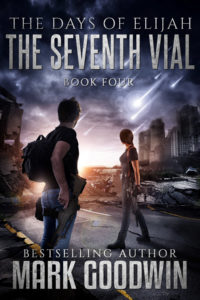
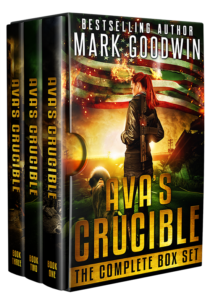
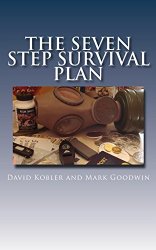
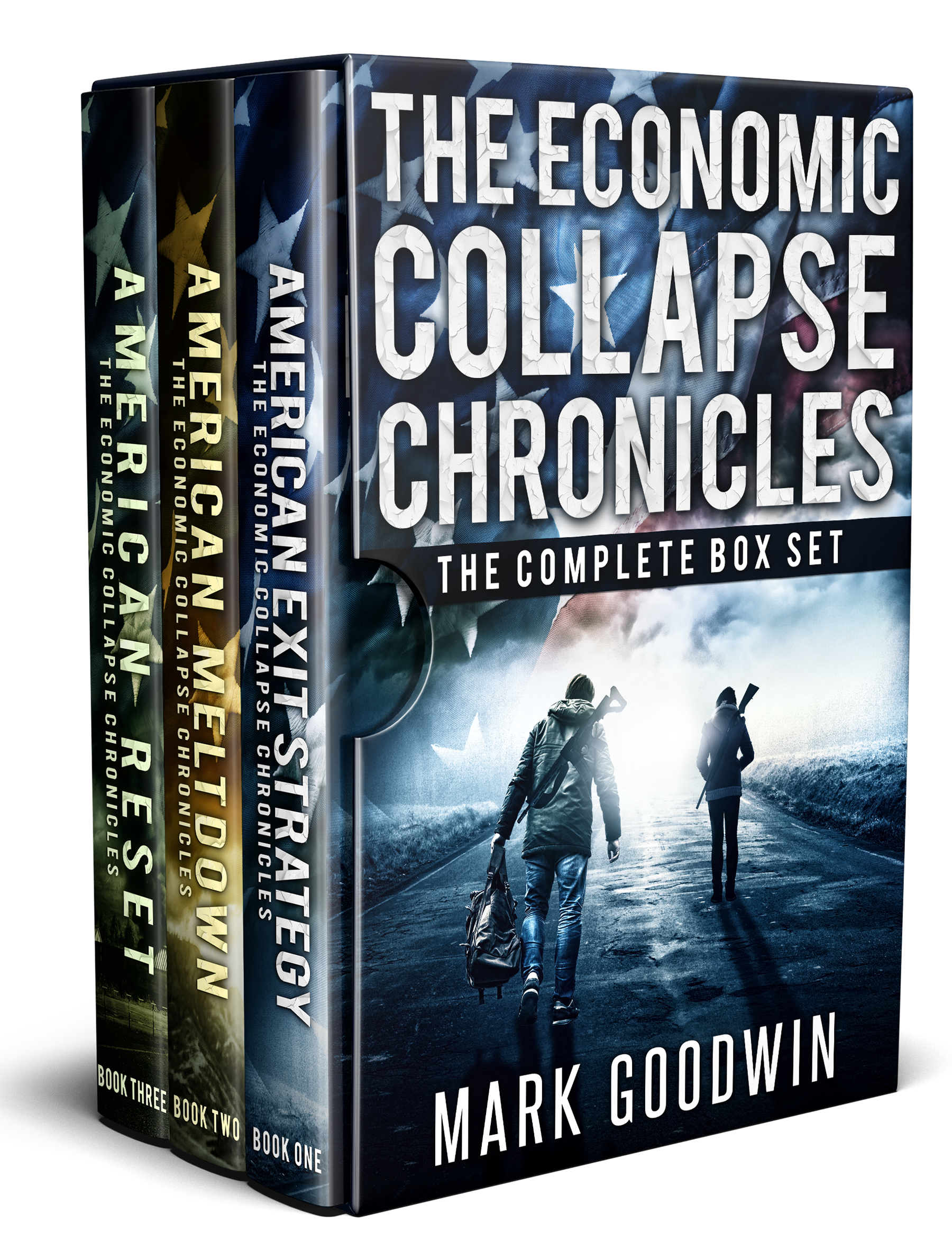
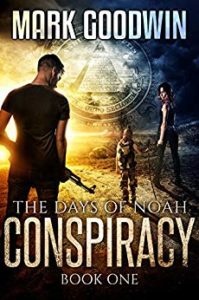
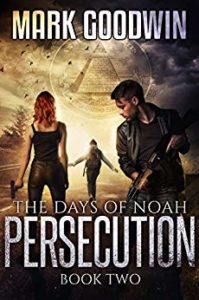
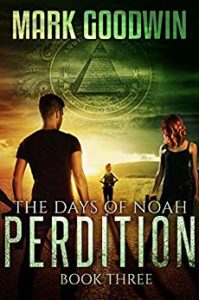
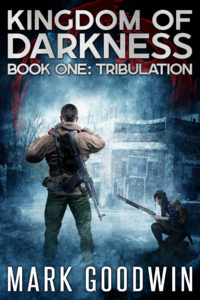
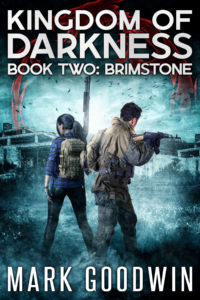
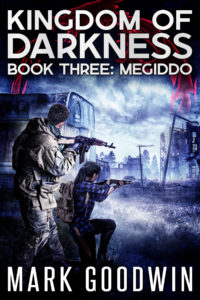
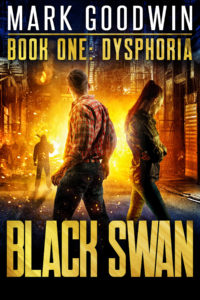
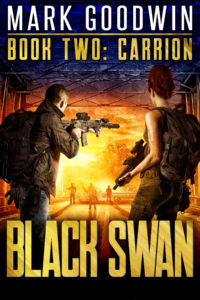
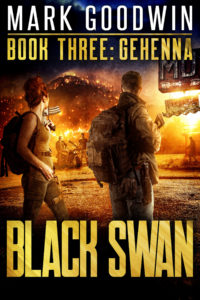

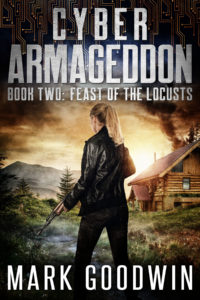

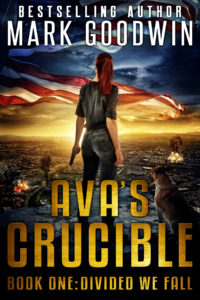
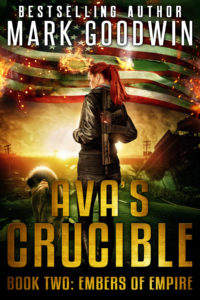
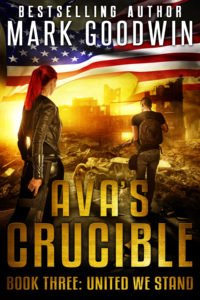

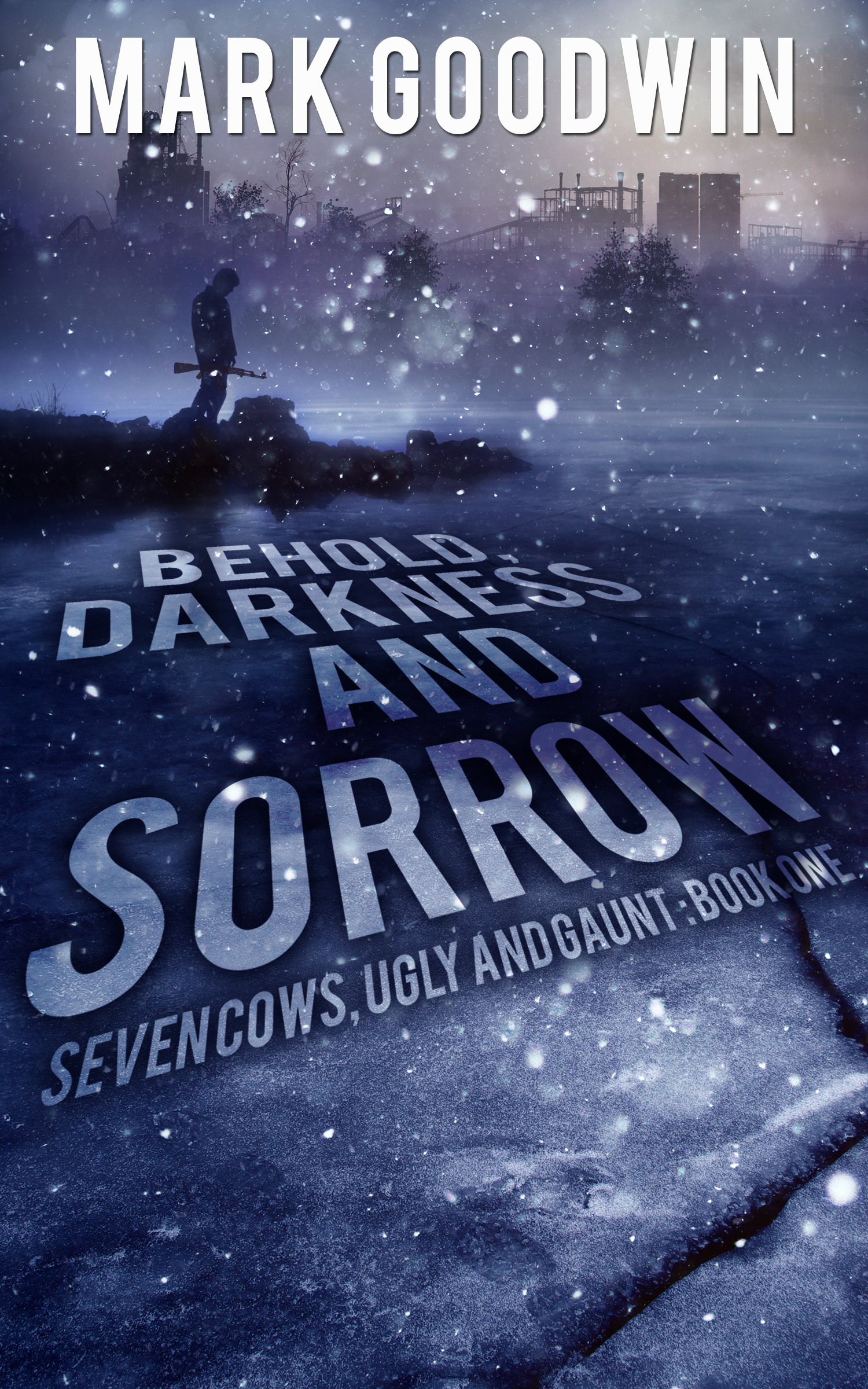
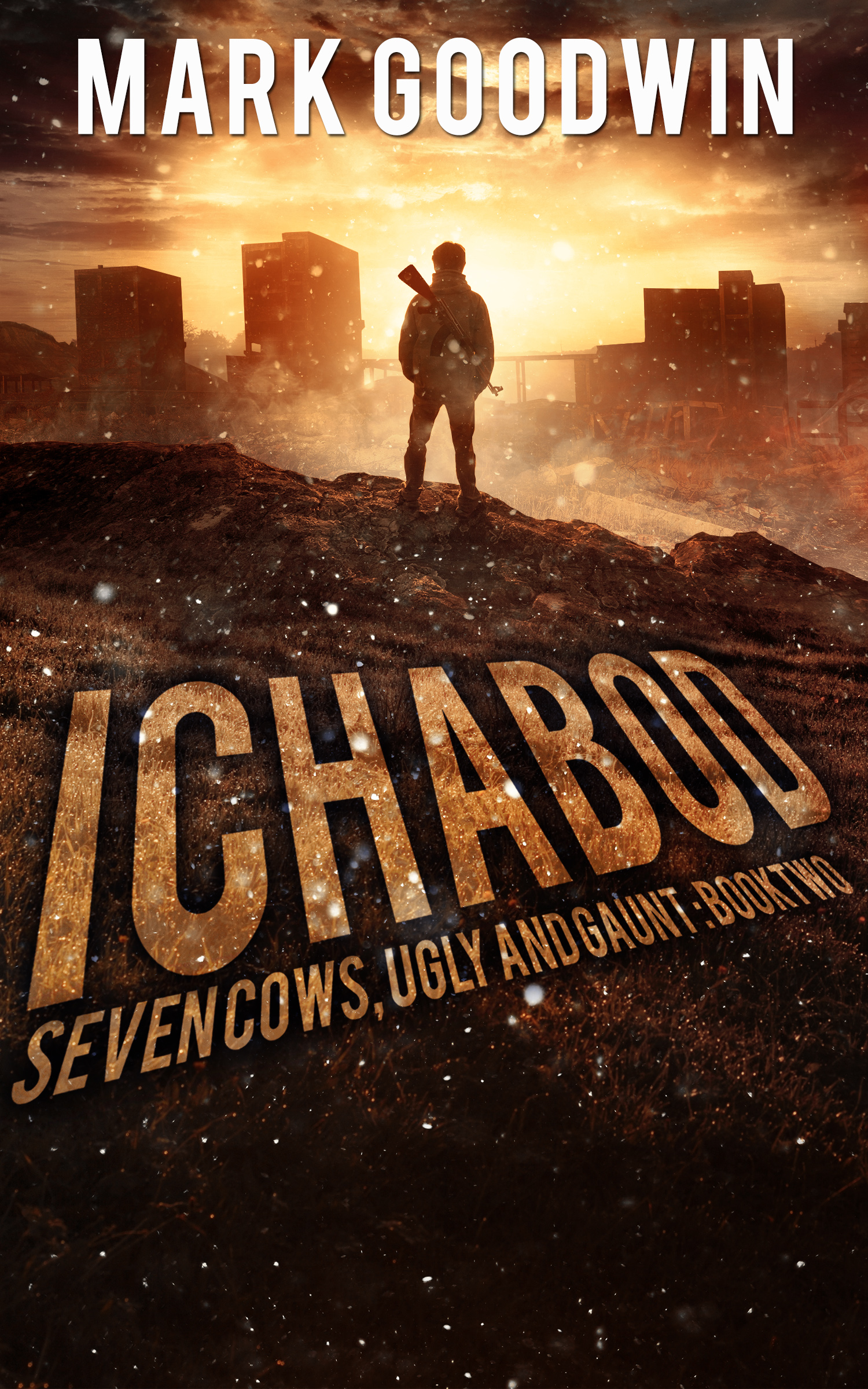

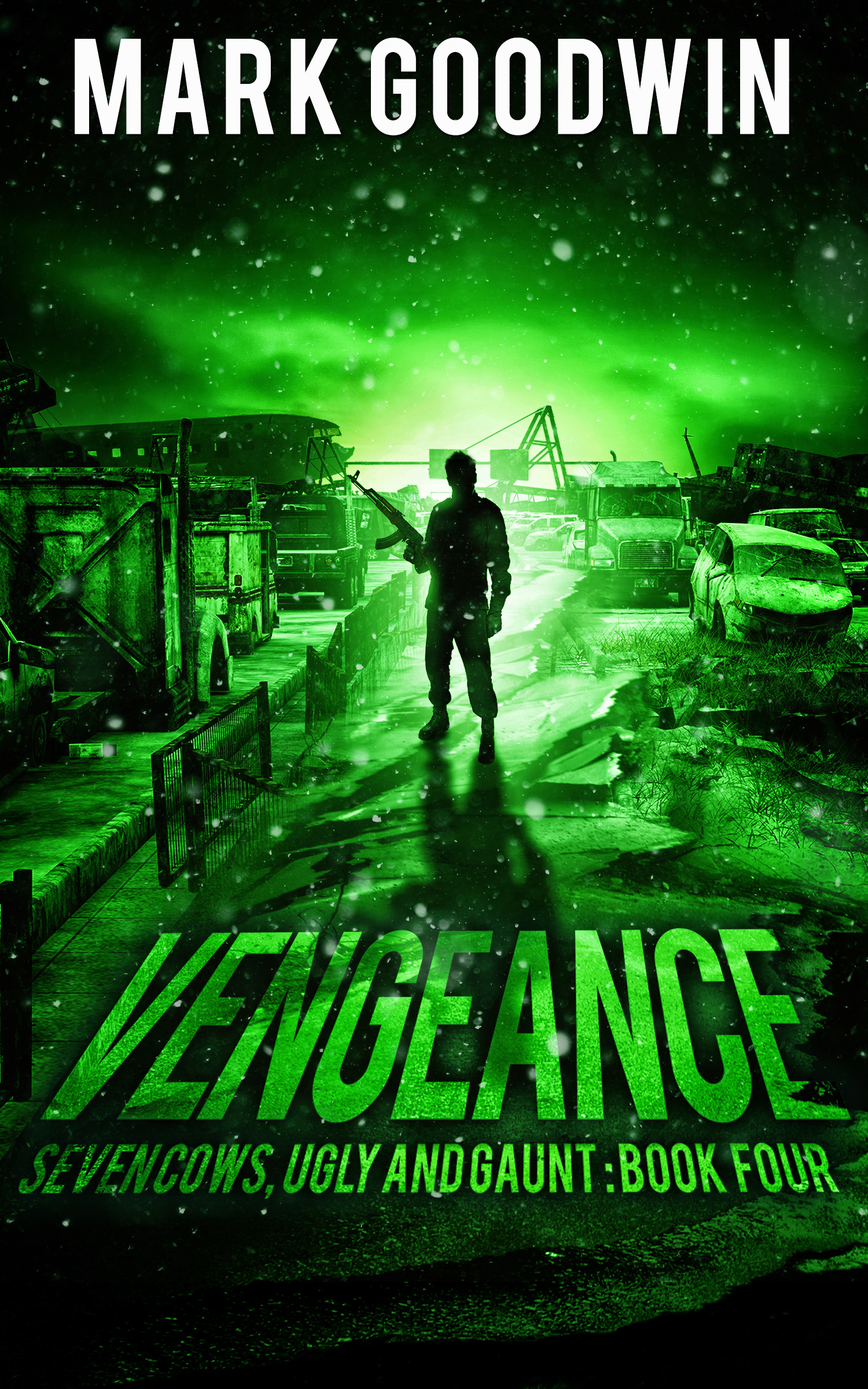

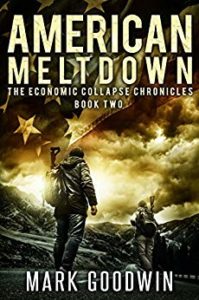
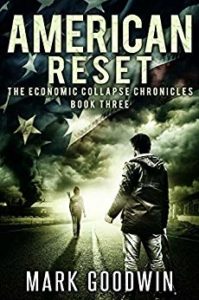
If you’re going to be an accurate shooter you have to practice and practice costs money. By loading your own you not only save money but you know what you’re shooting. If you’re plinking at 100 yards your don’t need to be shooting hollow points or high power ammo. Reloading lets you customize the load to the task. I don’t load until I’m ready to shoot. If I’m shooting 100 yards that day I load accordingly, if I’ll be shooting 600 yards it’s a different load.
Great advice! Thanks.